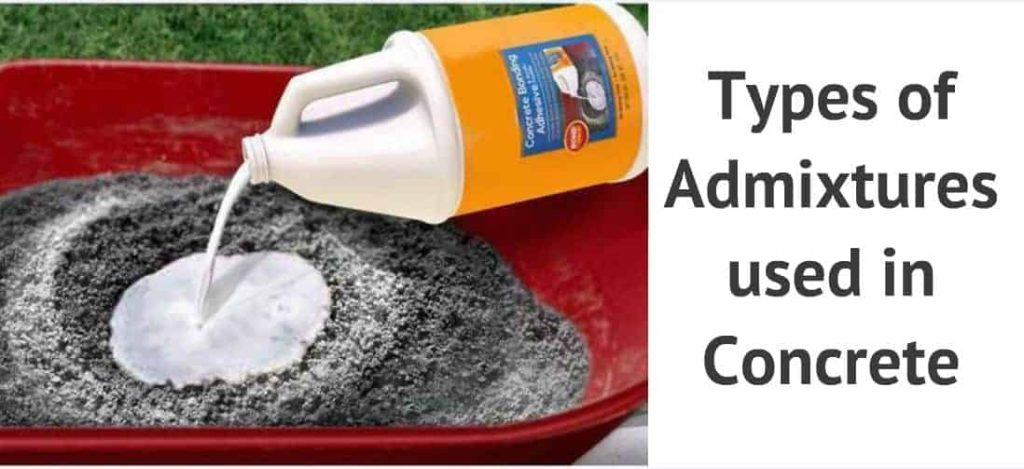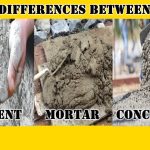The modern construction industry uses a variety of chemical admixtures in concrete, to reach desirable qualities along with a view to promote sustainability in it. ASTM C 125 defines an admixture as a material other than water, aggregate, cement, and fiber reinforcement, used as an ingredient of concrete mortar and added to the batch immediately before or during mixing. Chemical admixtures are the smallest component of a concrete mix but impart significant beneficial effects on the concrete properties in terms of performance, durability, environment optimization leading to sustainability etc. The incorporation of admixtures in concrete mix has been recognized as an important and integral means to modify and improve performance of concrete at both fresh as well as hardened states. Admixtures should never be regarded as a substitute for a good mix design, good workmanship or use of good materials. There are several chemical admixtures that include water reducers, accelerators, anti-freezing admixtures, air-entraining admixtures, alkali-aggregate inhibitors, shrinkage compensating admixture, and corrosion inhibitors etc. Figure 1 shows some of the chemical admixtures meant for use in cement concrete.
The most common reasons for using chemical admixtures in a concrete mix are:-
- To increase workability without changing water content
- To reduce water content without changing workability
- To effect a combination of above
- To adjust setting time
- To reduce segregation and/or bleeding
- To accelerate the rate of early strength gain
- To improve pumpability
- To increase strength
- To improve potential durability and reduce permeability
- To reduce the total cost of the materials used in the concrete
- To compensate for certain poor aggregate grading/properties
- To depress the freezing point of water in concrete at very low temperatures (up to minus 30°C)
- To maintain adequate freezing and thawing resistance of concrete
- To inhibit alkali-aggregate reactions (AAR)
The details about the interaction between Portland cement and most of the admixtures from both of theoretical and practical point of view can be referred in various specialized books1-2. The chemical admixtures such as water reducers, accelerators, air-entraining agents, and retarders are being used worldwide from the last 5-6 decades. The most commonly used chemical admixtures in concrete even in normal strength concrete in our country are water reducers and/or superplasticizers, accelerators, and retarders. The use of admixtures requires a proper understanding of their actions and not a blind follow of the advice of a salesman. The paper is an attempt to educate professionals engaged in concrete construction industry about the proper selection and uses of chemical admixtures i.e. water reducers and/or superplasticizers, accelerators, and retarders to be used in cement concrete.



Comments are closed